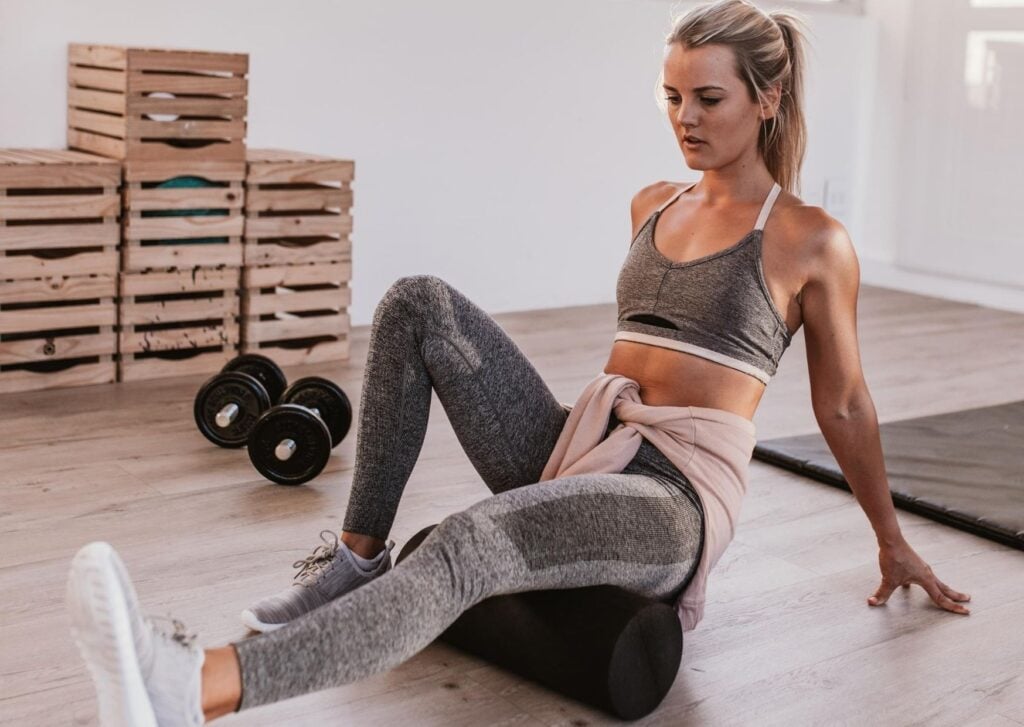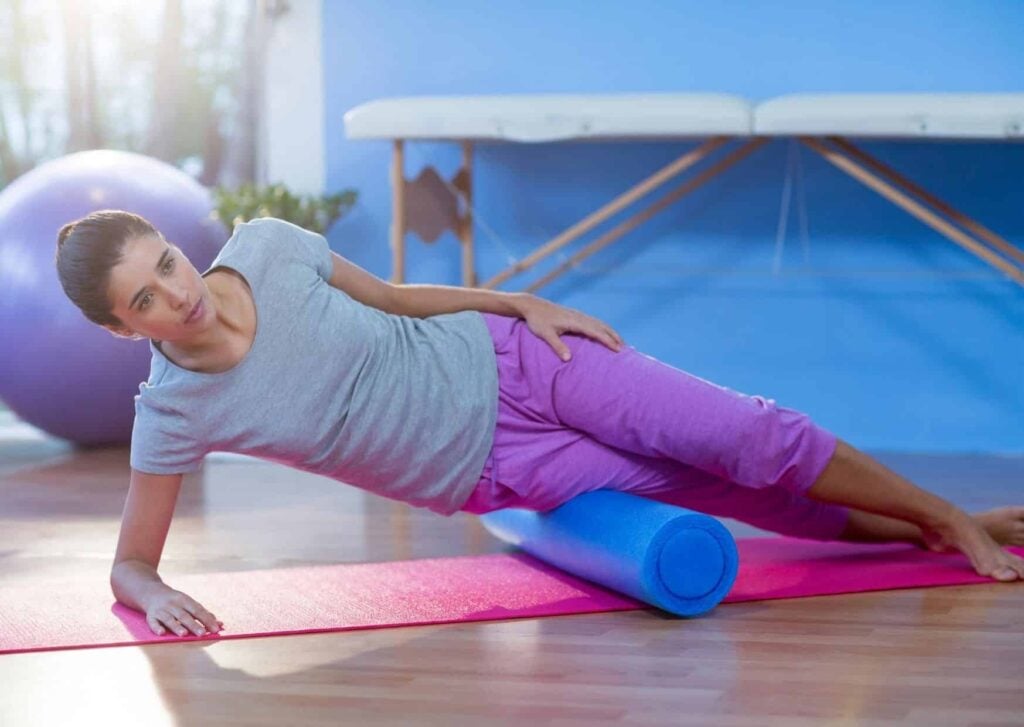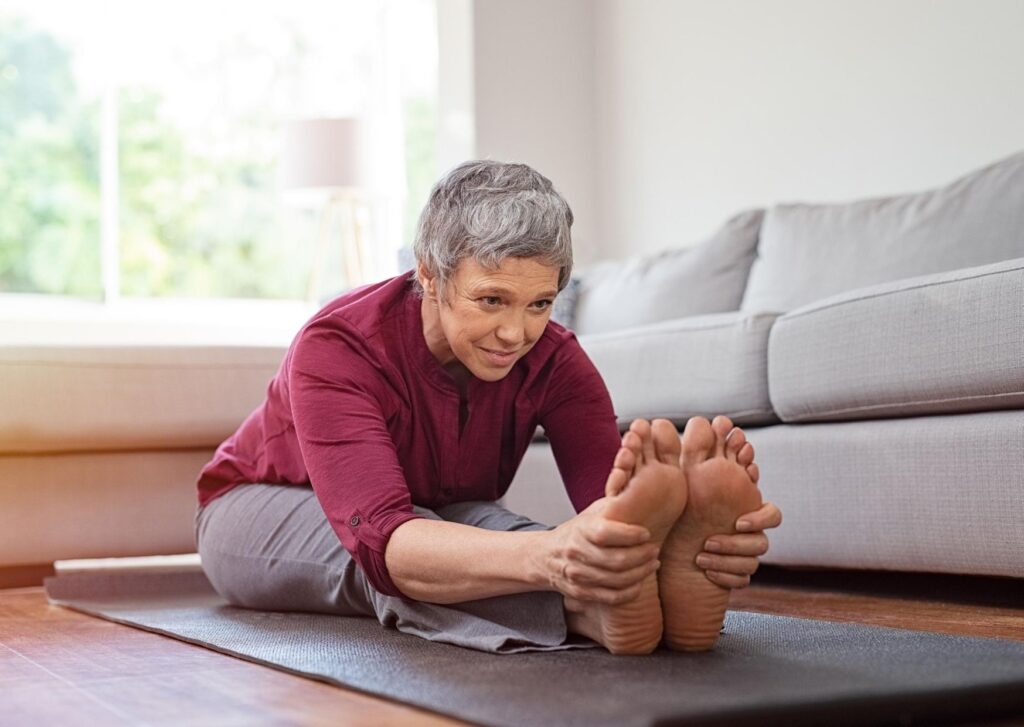
A foam roller is to an athlete is what a wand is to a wizard. It’s a tool you need to make some magic. Whether that’s casting a spell, hitting 5-minute kilometres or deadlifting a new PB.
You might think an athlete’s most valuable tool is a set of dumbbells or their meal plan or their shoes. But there’s a good argument to be made that in fact, it’s a foam roller.
What is Foam Rolling?
Foam rolling is a method of self-myofascial release, which is a type of muscle therapy that stimulates the stretch reflex in your muscles.
It’s a recovery exercise used to stretch, release tension, relax contracted muscles and improve blood, oxygen and lymphatic circulation.
The Good Stuff
These are the benefits of adding foam rolling in your routine.
- Eliminate minor muscle tension without the need for professional massage
- Better blood flow throughout your body
- It may be effective in relieving back pain
- Faster repair of muscle tissue and fascia
- Find and release tight muscles to help deal with DOMS
- Improve flexibility by increasing your range of motion
- Minimise visits to the physiotherapist for minor niggles as you will self-repair issues before they become problematic
- It helps you to relax!

How to Foam Roll
Foam rolling should take anywhere from 5 to 2 minutes pre and post-workout. Yep, you read that right — both pre and post!
This is because the ability to reach an elite level as an athlete will depend seriously on your recovery. Quality food and rest are important but physical muscle manipulation, tension release and stretching are a major part of the recovery process.
To use a foam roller, you lower yourself onto it and let your body weight do the work as you roll forwards and back. About 30 seconds on each side is a good amount of time. You can count it out or follow along with a video online.
What Not to Do
Especially if you’re a foam rolling newbie, there are a few things to avoid when foam rolling to ensure you get the most out of it.
Don’t roll directly on the pain point. Instead, you should target the entire area and not spend too long on sore spots.
Don’t roll too fast. You’re more likely to be sloppy if you go too quickly. Breathe deeply, take your time.
Remember, foam rolling is for your muscles, not your joints. For this reason, be extra careful when foam rolling near your joints, shoulders and avoid your lower back.

Choosing a Foam Roller
So you’re ready to add foam rolling to your routine, but not sure which roller is best for you? Let’s break it down.
Classic Foam Roller
This is the ideal introductory foam roller because it’s versatile and high quality. At 45cm long, it’s also the perfect size for some loungeroom foam rolling.
Large Foam Roller
At a longer 90cm, this foam roller also allows you to complete back area myofascial release.
Trigger Grid Roller
The use of a raised trigger grid helps in a deeper myofascial release and to target tight niggly spots. You also might just like how it feels more.
Vibrating Foam Roller
The vibrations help to loosen your fascia around the muscle fibres and so it can be a great solution for those who find foam rolling particularly painful. It helps soften the process and increase flexibility. Plus it feels nice!
Massage Ball
To target those pesky knots that are hard to reach, try using a targeted massage ball. They also come in a spiked version.
Choose whichever you think will best suit you and your needs and get rolling! Check back in regularly for other essentials in an athlete’s toolkit.